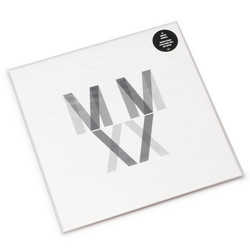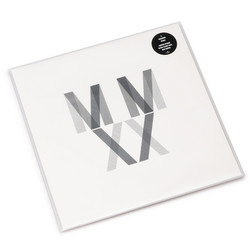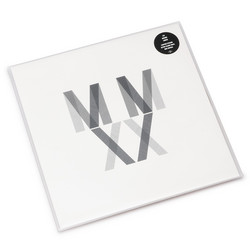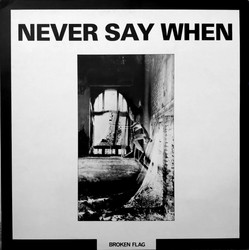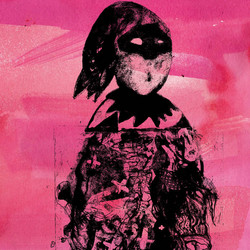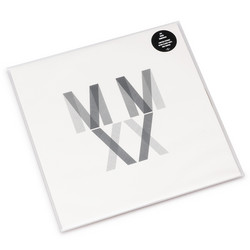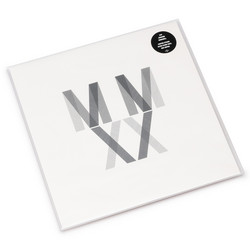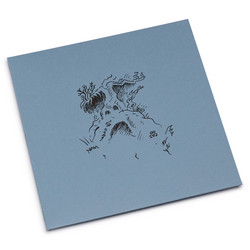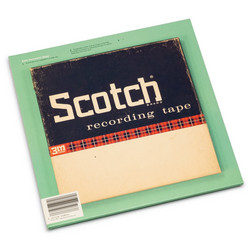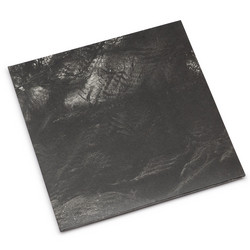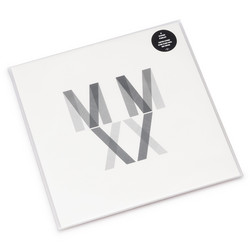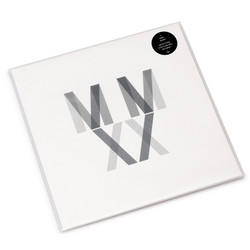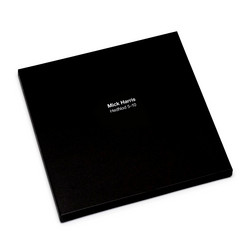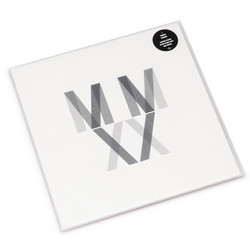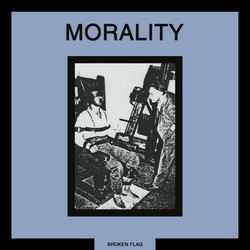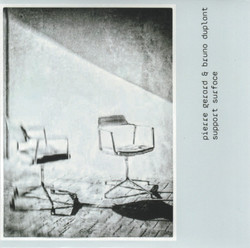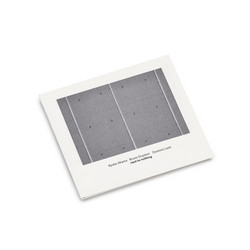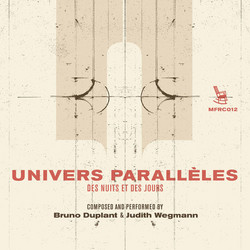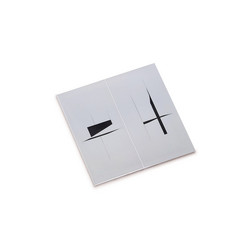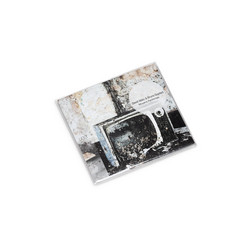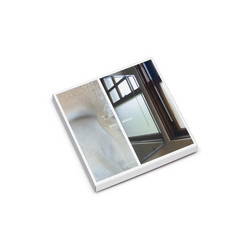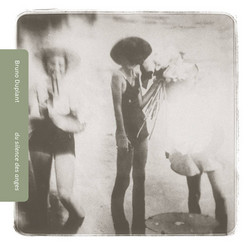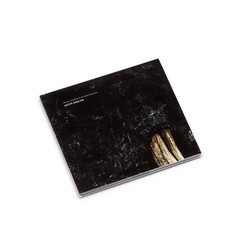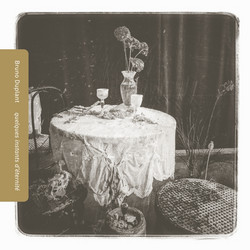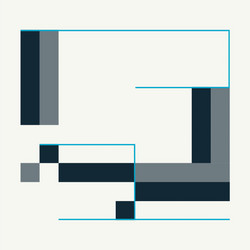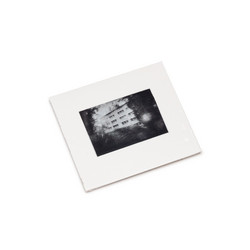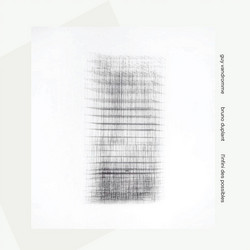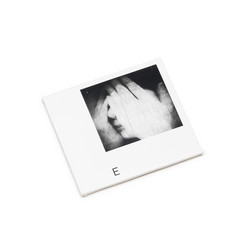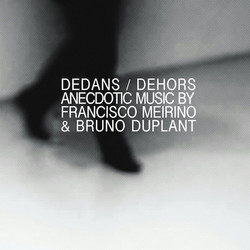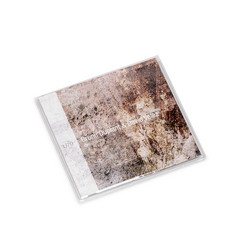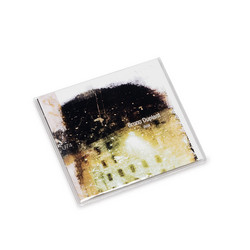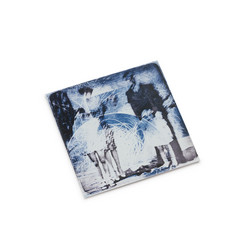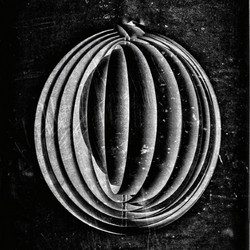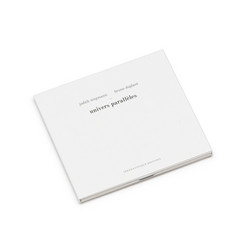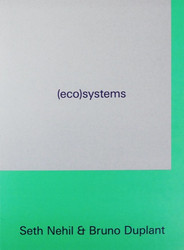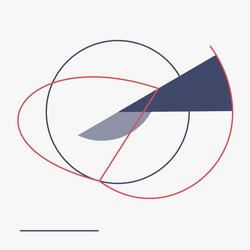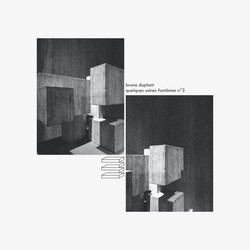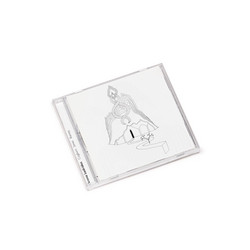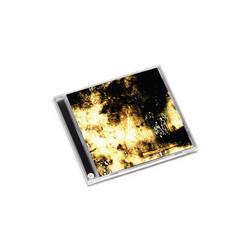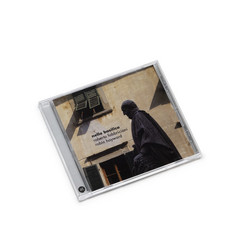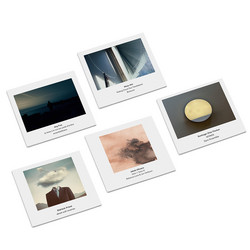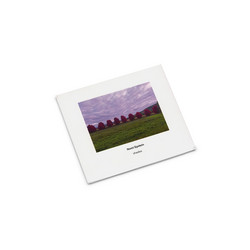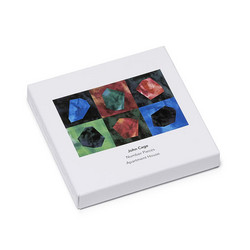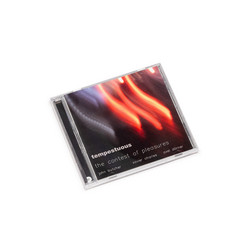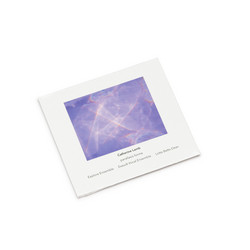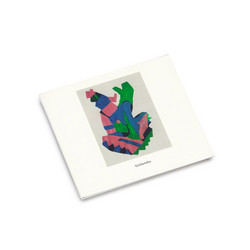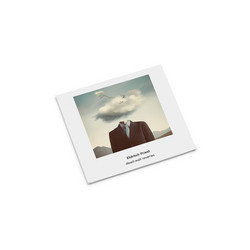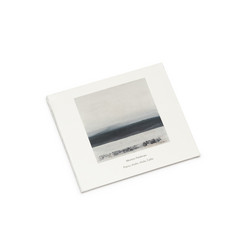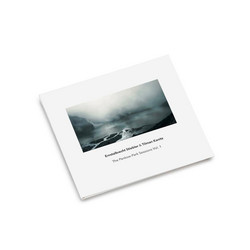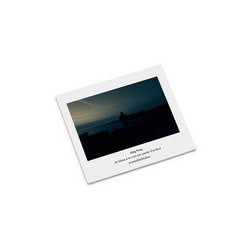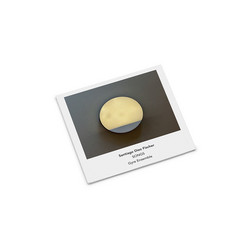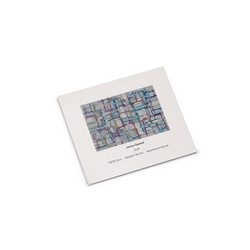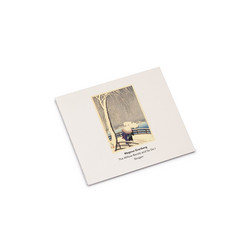Bruno Duplant’s Chamber and Field Works is a double album that elegantly straddles the boundaries between composed and environmental sound. On disc one, the Suidobashi Chamber Ensemble brings to life three works composed between 2015 and 2017: “all that I learned and then forgot,” “where our dreams get lost,” and “a place of possibilities.” Duplant’s music here is characterized by extended tones, elongated melodies, and the intricate balancing of classical instruments - string, wind, and subtle percussive timbres - in a flock of suspended, interwoven lines. Rather than merely reference lowercase aesthetics or chance procedures, Duplant “organizes chance” with a deft ear for layering and gradual transformation. Drones ebb and swell, holding the listener within gently shifting acoustics where harmonies and timbres seem perpetually in flux.
Disc two turns outward, presenting “lEttEr to tAku,” a nearly hour-long piece for solo guitar and field recording, rendered by minimalist visionary Taku Sugimoto. The work is both direct and immersive: spare, ringing guitar notes unfurl over an environment of outdoor sounds, the listener attuned to subtle juxtapositions - birds, wind, ambient city life - alongside each fragile pluck and resonance. Here, Duplant explores the threshold between musical intention and environmental serendipity, making silence as present as any note.
Taken together, Chamber and Field Works reconstructs chamber ensemble music as a porous, breathing space. The album’s dialogue between composed structure and open-ended environment invites the listener to dwell in the unpredictable, the almost-inaudible, and the overlap of memory with immediate perception. Duplant creates music that is as sensitive to what is not played as to what is, proposing a sonic landscape in which the familiar boundaries of form and experience are dissolved in quietly radical ways.
